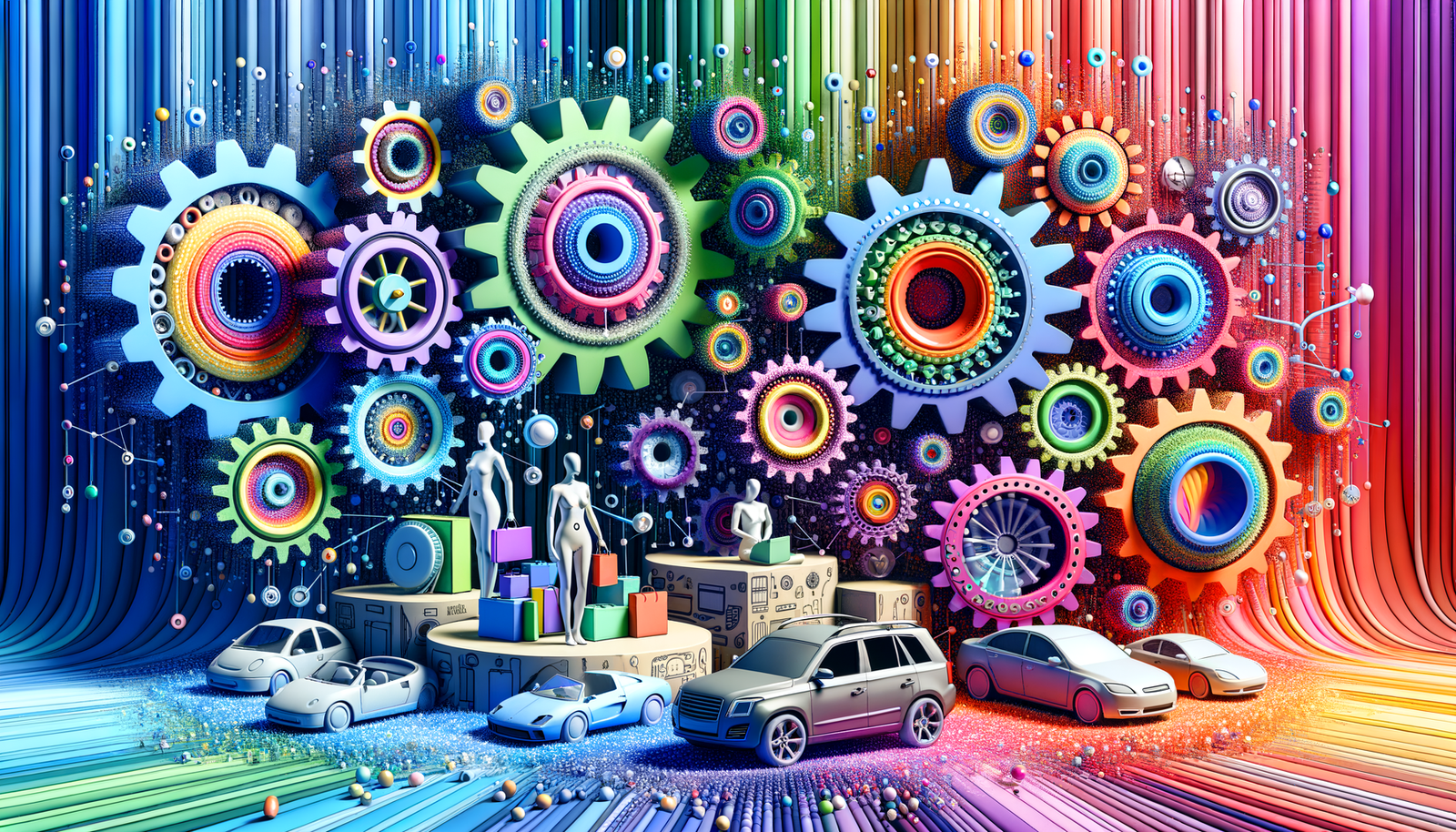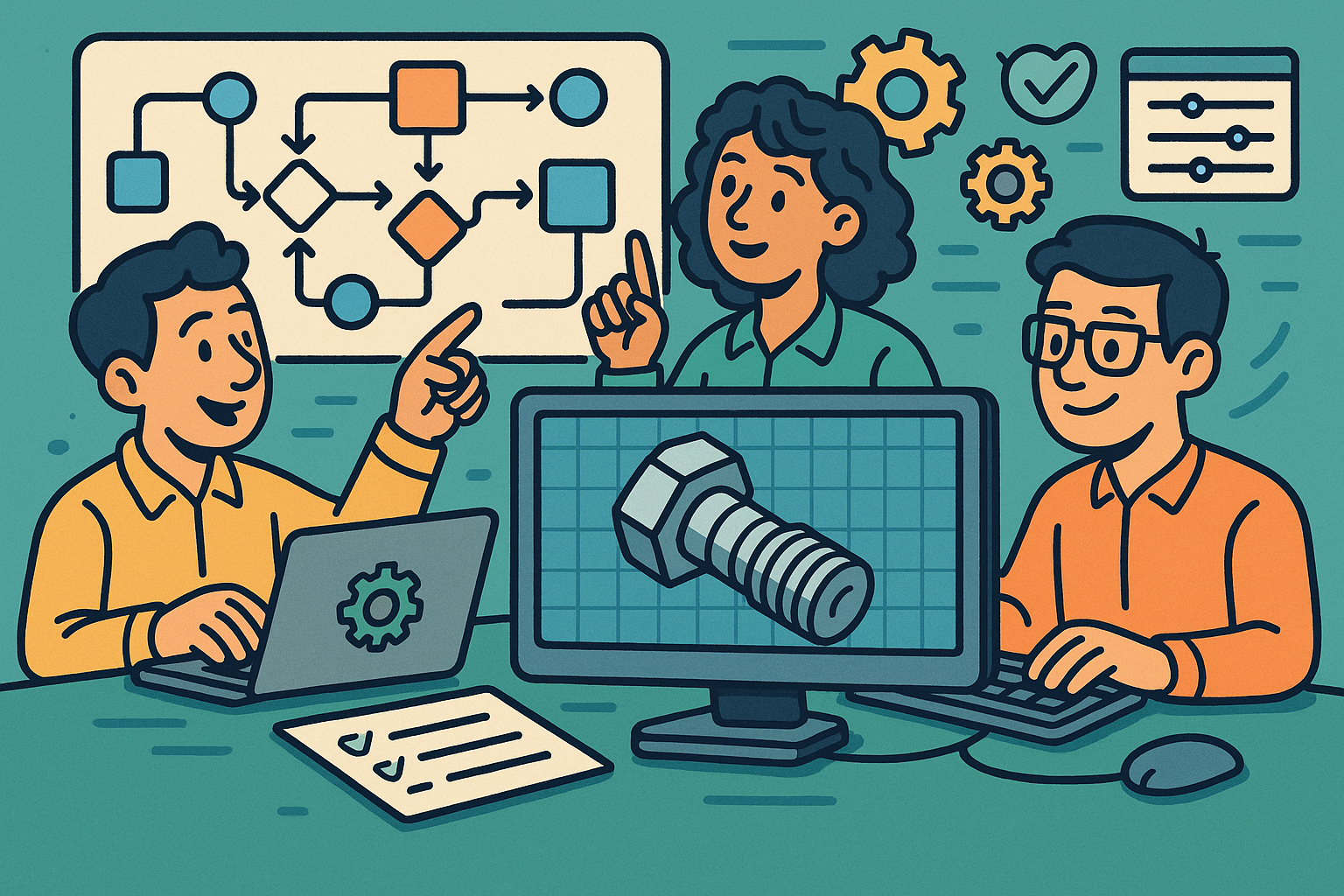Your Cart is Empty
Customer Testimonials
-
"Great customer service. The folks at Novedge were super helpful in navigating a somewhat complicated order including software upgrades and serial numbers in various stages of inactivity. They were friendly and helpful throughout the process.."
Ruben Ruckmark
"Quick & very helpful. We have been using Novedge for years and are very happy with their quick service when we need to make a purchase and excellent support resolving any issues."
Will Woodson
"Scott is the best. He reminds me about subscriptions dates, guides me in the correct direction for updates. He always responds promptly to me. He is literally the reason I continue to work with Novedge and will do so in the future."
Edward Mchugh
"Calvin Lok is “the man”. After my purchase of Sketchup 2021, he called me and provided step-by-step instructions to ease me through difficulties I was having with the setup of my new software."
Mike Borzage
Generative Design: Leveraging Algorithms to Revolutionize Product Development and Customization Across Industries
September 13, 2024 3 min read


Generative Design: How Algorithms are Shaping the Future of Product Development
Introduction to Generative Design
Definition and Overview
Generative design is a revolutionary approach to product development that leverages the power of advanced algorithms to create optimized and innovative designs. By inputting specific requirements and constraints, the system explores multiple design possibilities and iterates towards the best possible solution. This method has evolved significantly from traditional design processes, emphasizing the role of computing power and advanced mathematical models.
Key Benefits
One of the most significant benefits of generative design is its efficiency and innovation. The ability to rapidly generate and evaluate numerous design options allows for unprecedented levels of creativity and optimization. Additionally, generative design facilitates customization and optimization, making it possible to tailor products to specific needs and preferences.
Technological Foundations
At the core of generative design are advanced algorithms that can process vast amounts of data and explore a myriad of design possibilities. These algorithms are often integrated with AI and machine learning technologies, enabling the system to learn from each iteration and continually improve the design outcomes.
The Process of Generative Design
Initial Inputs and Constraints
The process begins with gathering specific requirements and constraints, which can include material properties, production methods, and functional requirements. This initial input is crucial as it sets the boundaries within which the algorithm will operate.
Algorithmic Exploration
During the exploration phase, the algorithm generates multiple design options based on the input constraints. This involves an iterative process where each design is evaluated and refined continuously.
Evaluation and Selection
Evaluating the generated designs is a critical step in the process. Various methods can be used to assess the performance, cost, and aesthetics of each design. The goal is to strike a balance between these factors to select the most optimal design.
Applications in Various Industries
Automotive and Aerospace
Generative design has made significant inroads into the automotive and aerospace industries, where it is used to create lightweight structures that enhance fuel efficiency. These industries benefit from the ability to design components that are not only lighter but also stronger and more efficient.
Architecture and Construction
In architecture and construction, generative design is employed to create sustainable building designs that optimize energy use and material efficiency. The customization of architectural elements is another advantage, allowing for unique and innovative structures.
Consumer Products
The consumer products industry uses generative design to create personalized and ergonomic products. This approach is particularly beneficial in areas such as consumer electronics and fashion, where customization and user comfort are paramount.
Future Directions and Challenges
Advancements in Algorithm Capabilities
The future of generative design will see advancements in algorithm capabilities, including the incorporation of quantum computing and enhanced machine learning techniques. These advancements will enable even more complex and optimized designs.
Integration with Other Technologies
Generative design is also expected to integrate more deeply with other technologies such as VR/AR for design visualization and additive manufacturing (3D printing) for production. This integration will streamline the design-to-production process and enable more intricate and customized designs.
Challenges and Considerations
Despite its many benefits, generative design also presents several challenges. Ethical implications and design ownership are significant considerations, as is managing the complexity of the designs and ensuring their usability.
The Road Ahead
Looking ahead, the next decade promises exciting developments in generative design. As algorithms become more sophisticated, the role of human designers will evolve, shifting towards more strategic and creative tasks while algorithms handle the heavy lifting of optimization and iteration.
Also in Design News

Low-Code CAD Automation: Visual Scripting, Headless Runtimes, and Design-Ops Best Practices
November 16, 2025 13 min read
Read More
Design Software History: From B-Rep Foundations to Cloud Kernels: Technical History of Parasolid, ACIS and Industrial Solid Modeling
November 16, 2025 11 min read
Read More
Cinema 4D Tip: Master Null Hierarchies for Modular, Predictable, Export-Ready C4D Assets
November 16, 2025 2 min read
Read MoreSubscribe
Sign up to get the latest on sales, new releases and more …


